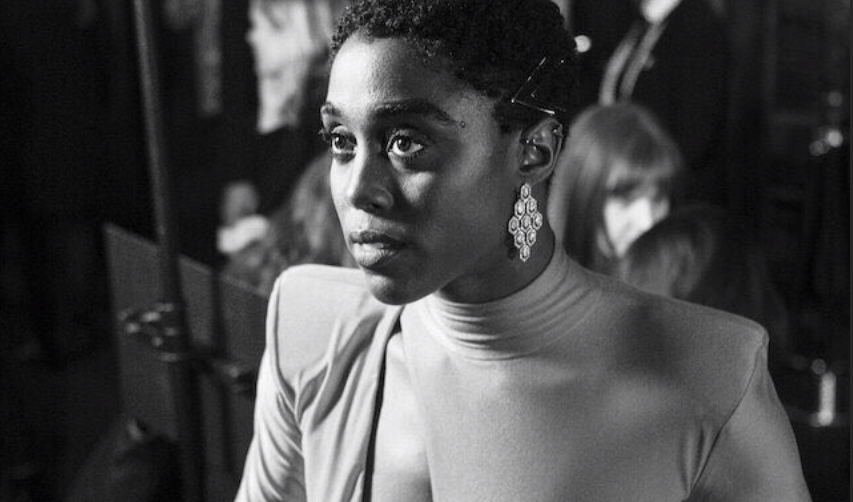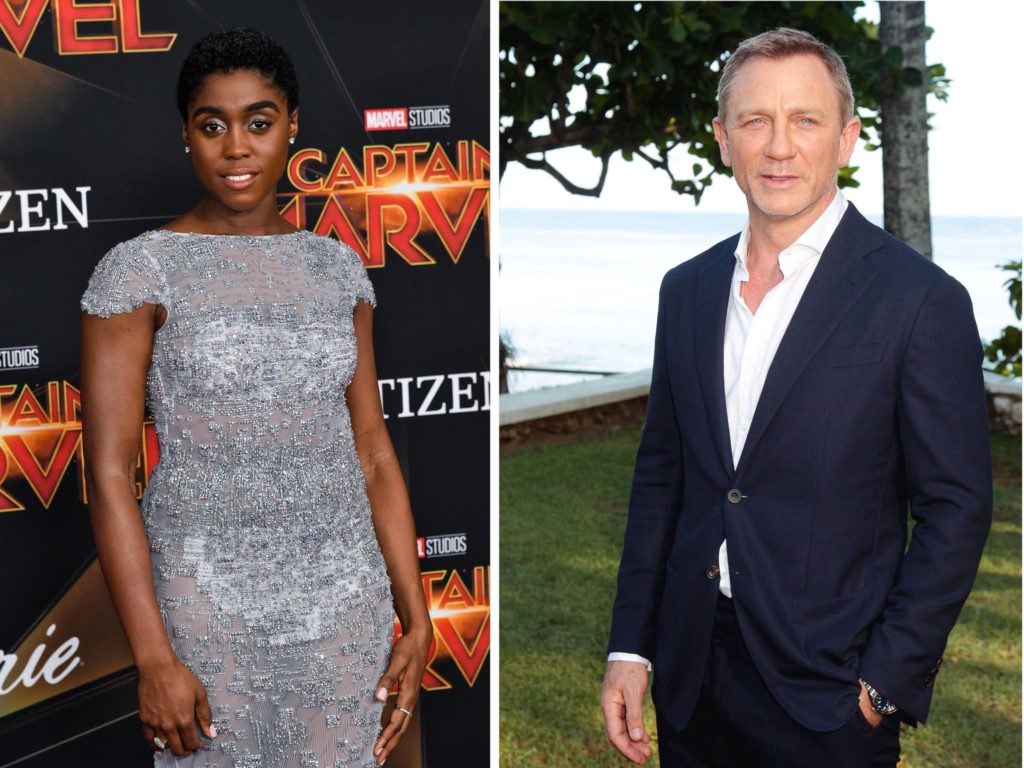Entertainment June 24, 2020


In a hallelujah moment for cinematic diversity, the Daily Mail reported last year that Lashana Lynch will take over as the new “007” in the “James Bond” franchise.
Yet, amidst celebrations from fed-up females, a slew of disgruntled Twitter posts argued against the franchise’s decision. And, as much of the opposition pointed out, the change-up was never really in the franchise’s plan.
According to Executive Producer Barbara Broccoli, the original 1950’s Bond was written as a male. And, despite urgings for more diversity, Broccoli intended to keep it that way.
So, what caused a franchise that was once committed to solely casting white male leads to consider incorporating a woman of color?
Backlash. Lots and lots of public backlash.

If it ever seems like long-standing institutions (i.e. Hollywood or the American government) only change their ways after years and years of complaints, well, that’s because it’s true.
After decades of preferential casting in Hollywood, studios have begun incorporating more diversity. Iconic characters, such as the “Men in Black” duo and the “Star Wars” leads, have recently undergone dramatic changes. And it only took a few (20-40) years.
However, despite these modest efforts, a lack of cinematic diversity continues to exist. According to UCLA’s 2019 Diversity Report, only two of every 10 leading roles in feature films are played by people of color.
As for women? Variety stated in 2017 that “of more than 39,500 speaking roles across 900 films studied [by USC’s Media, Diversity and Social Change Initiative], women made up just 30.5% of those roles.”
But, at least it’s starting to happen now, right? Yes. Except, there’s a major problem with Hollywood’s overtly begrudging approach to making its iconic characters more diverse. Simply put, it sends the message that those new actors and actresses don’t deserve to be there.
For instance, in 2016, “The Magnificent Seven” showcased possibly the most diverse cowboy cast in film history. The eclectic pack consisted of Asian, White, Native American, and African American cowboys leading the vigilante charge for justice in the West.
Yet, despite breaking box-office records, critics questioned director Antoine Fuqua’s decision to diversify the original 1960s lead characters. For instance, one Los Angeles Times critic wrote, “Unable or unwilling to flesh out its outlaws in a more-than-superficial manner, ‘The Magnificent Seven’ becomes a well-meaning exercise in cinematic tokenism.”
If critics and producers, such as the Bond franchise’s Barbara Broccoli, are concerned that tokenism will replace historical accuracy, then let’s look at the facts.
Let’s look at “The Magnificent Seven” and the truth about diversity in the time where the film takes place.
Firstly, one in four cowboys during America’s frontier period were African American. The other 75% comprised a mixture of white, Native American, Mexican, and Asian cattlemen – and cattlewomen.
If you didn’t know those statistics, it’s probably due to Hollywood’s penchant for whitewashing the past. Even the most famous African American cowboys, such as Jim Beckwourth, have been played by white men.
Secondly, during the historical period in which the creator Ian Fleming’s James Bond was set, nearly a tenth of the British SOE agents were women.
Just take a look at the history of African American WWII spy Josephine Baker, and you’ll wonder why Hollywood is just now featuring a woman of color as the new 007.
Change is always hard for people. But, with America’s long multicultural history, is adding diversity to cinematic representations really a deviation? Or, is it actually leading us closer to a more accurate representation of history?